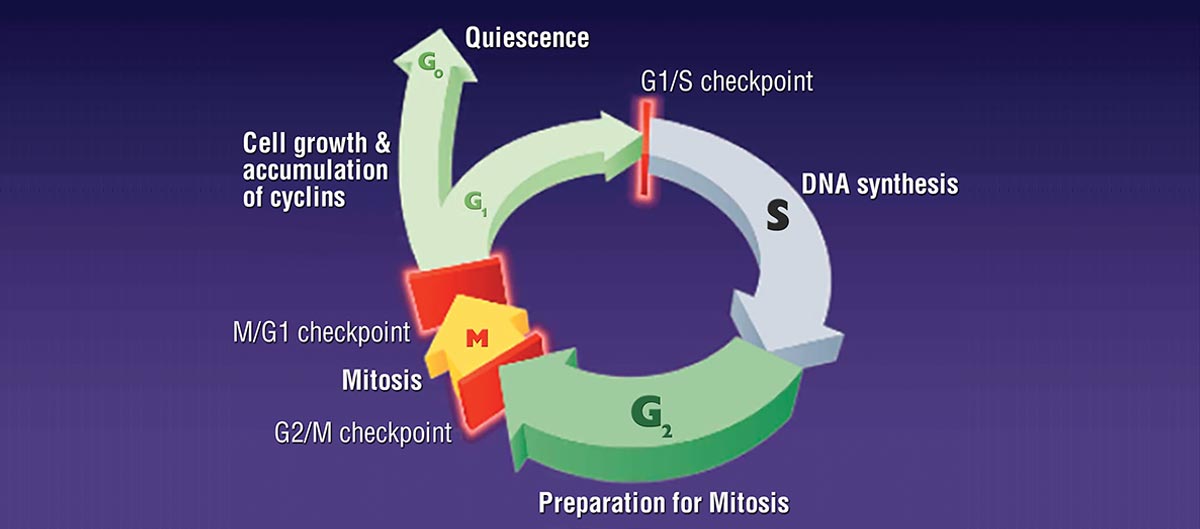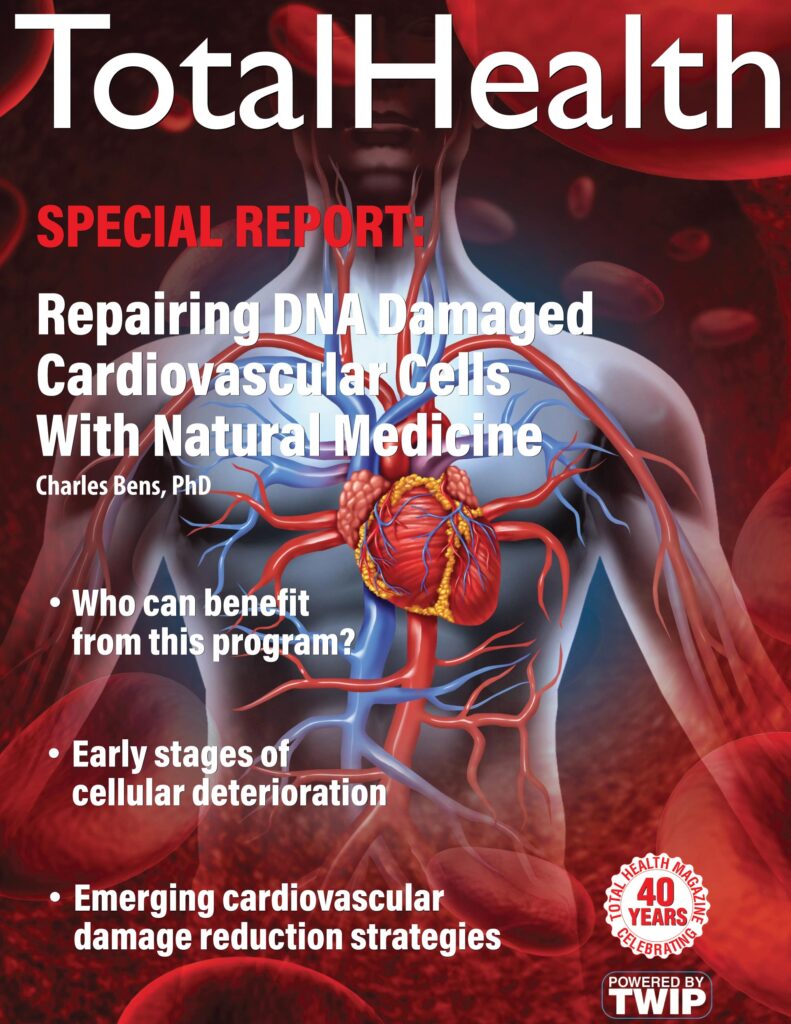
Understanding the cellular repair process
Every cell in the body is designed to repair itself after some damage has occurred. The process is designed to occur in a timely manner, approximately two to three weeks in most cases. However, this repair requires specific programmed actions to take place within each cell. If these do not happen for some reasons then the repairs may not produce a completely healthy cell to be produced. In fact, if all of the conditions are not followed according to design the cells can adopt an alternative strategy that provides a less than perfect repair, but is usually a satisfactory repair to allow each cell to continue to function at an acceptable level of functionality.
DNA repair is a phenomenal multi-enzyme, multi-pathway system required to ensure the integrity of the cellular genome. Living organisms are constantly exposed to harmful metabolic by-products, environmental chemicals and radiation that damage their DNA, thus corrupting genetic information. In addition, normal cellular pH and temperature create conditions that are hostile to the integrity of DNA and its nucleotide components. DNA damage can also arise as a consequence of spontaneous errors during DNA replication.
The DNA repair machinery continuously scans the genome and maintains genome integrity by removing or mending any detected damage. Depending on the type of DNA damage and the cell cycle status, the DNA repair machinery utilizes several different pathways to restore the genome to its original state.
When the damage and circumstances are such that the DNA cannot be repaired with absolute fidelity, the DNA repair machinery attempts to minimize the harm and patch the insulted genome well enough to ensure cell viability. Accumulation of DNA alterations that are the result of cumulative DNA damage and utilization of “last resort” low fidelity DNA repair mechanisms is associated with cellular senescence, aging, and cancer.
The cell replacement process
There are specific “checkpoints” in the cellular repair process when the quality of each cell’s replacement is checked and verified. If the quality criteria are not being met the cell can slow down the replacement process in order to find the missing ingredients.
- G1 and G2 are known as Gap phases when the cell is actively metabolizing but not dividing.
- S is the synthesis phase when the chromosomes duplicate as a result of DNA replication.
- M is the mitosis phase when the chromosomes separate in the nucleus and the division of the cytoplasm occurs.
There are two checkpoints in this cycle at the end of G1 and G2 that prevent the cell from entering synthesis or mitosis before they are ready to do so. If this cycle is disrupted in any way the cell becomes vulnerable to faulty replication, which can become the beginning of the development of cancer. This disruption can occur to many factors that were previously mentioned including:
- The lack of adequate nutrition including enzymes, hormones, vitamins, etc.
- The lack of adequate removal of waste or toxins from the cell
- The presence of emotional stress
- The exposure to cell disruptors such as radiation or chemotherapy
- Inherited genetic pre-dispositions
- There are seven main pathways employed in human DNA repair: DNA damage bypass, DNA damage reversal, base excision repair, nucleotide excision repair, mismatch repair, repair of double strand breaks and repair of interstrand cross-links (Fanconi anemia pathway). DNA repair pathways are intimately associated with other cellular processes such as DNA replication, DNA recombination, cell cycle checkpoint arrest and apoptosis
- Double strand breaks DSBs can be directly generated by some DNA damaging agents, such as X-rays, radiation, viruses or spike proteins and reactive oxygen species (ROS), caused by chemical toxins in the air, water or food.
- We have just seen that cells contain multiple enzyme systems that can recognize DNA damage and promote the repair of these lesions. Because of the importance of maintaining intact, undamaged DNA from generation to generation, cells have an additional mechanism that helps them respond to DNA damage: they delay progression of the cell cycle until DNA repair is complete. For example, one of the genes expressed in response to the E. coli SOS signal is sulA, which encodes an inhibitor of cell division. Thus, when the SOS functions are turned on in response to DNA damage, a block to cell division extends the time for repair. When DNA repair is complete, the expression of the SOS genes is repressed, the cell cycle resumes, and the undamaged DNA is segregated to the daughter cells.
- This same delay in the repair process is what allows heart attack patients and COVID-19 myocarditis patients to repair the cellular damage if they are able to create an ideal repair and recovery environment within the body.
- Damaged DNA also generates signals that block cell-cycle progression in eucaryotes. The orderly progression of the cell cycle is maintained through the use of checkpoints that ensure the completion of one step before the next step can begin. At several of these cell-cycle checkpoints, the cycle stops if damaged DNA is detected. Thus, in yeast, the presence of DNA damage can block entry into the G1 phase; it can slow DNA replication once begun; and it can block the transition from S phase to M phase. The DNA damage results in an increased synthesis of some DNA repair enzymes, and the delays further facilitate repair by providing the time needed for repair to reach completion.
- The importance of the special signaling mechanisms that respond to DNA damage is indicated by the phenotype of humans who are born with defects in the gene that encodes the ATM protein, a large protein kinase. These individuals have the disease ataxia–telangiectasia (AT), whose symptoms include neurodegeneration, a predisposition to cancer, and genome instability. In both humans and yeasts, the ATM protein is needed to generate the initial intracellular signals that produce a response to oxygen-inflicted DNA damage, and individual organisms with defects in this protein are hypersensitive to agents that cause such damage, such as ionizing radiation.
- The rate of DNA repair is dependent on many factors, including the cell type, the age of the cell, and the extracellular environment. A cell that has accumulated a large amount of DNA damage, or one that no longer effectively repairs damage incurred to its DNA, can enter one of three possible states:
- an irreversible state of dormancy, known as senescence
- cell suicide, also known as apoptosis or programmed cell death
- unregulated cell division, which can lead to the formation of a tumor that is cancerous
The DNA repair ability of a cell is vital to the integrity of its genome and thus to the normal functionality of that organism. Many genes that were initially shown to influence life span have turned out to be involved in DNA damage repair and protection13.
Disclaimer: While this protocol is supported by solid scientific evidence it is always advisable to consult a well-trained and qualified medical professional to ensure that individual biochemistry and conditions are taken into consideration.
Repairing DNA Damaged Cardiovascular Cells with Natural Medicine
| Previous page: Repairing Damaged Heart Tissues | Next Page: The Primary DNA Cellular Repair Nutraceuticals |


